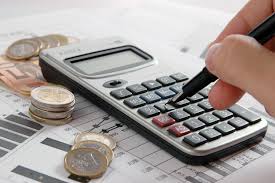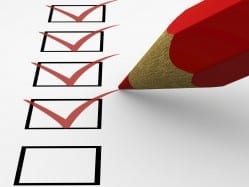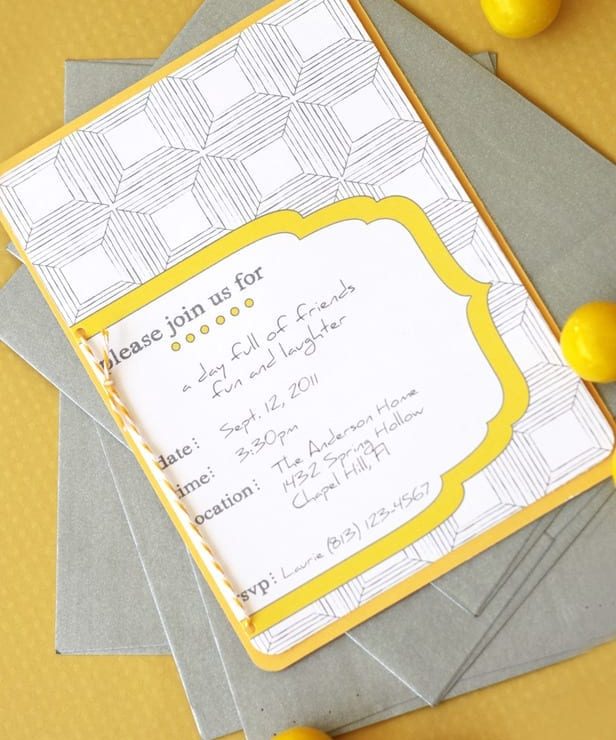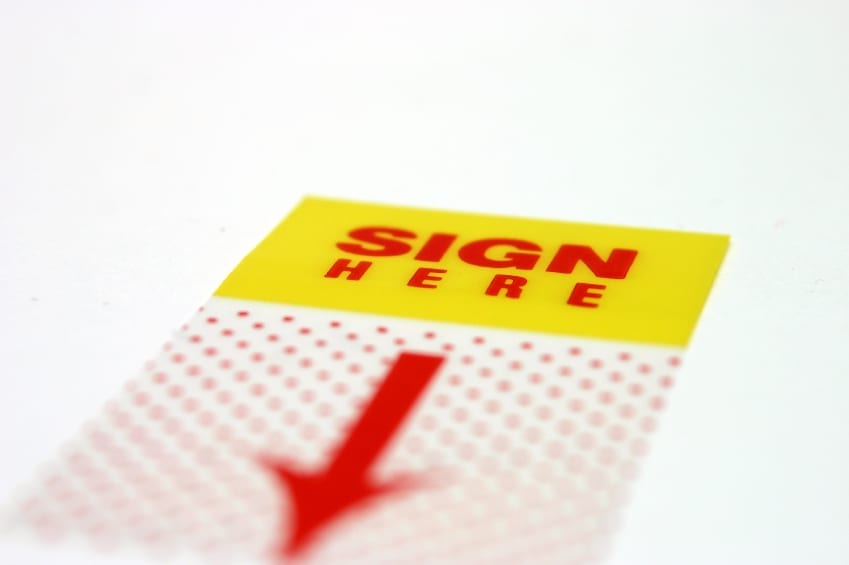Welcome back to the Positive Force Consulting “Event Planning 101” series! In this blog series, we are covering many aspects of the event planning process so that you can host your own special event without anxiety. In our first post, we went over the importance of setting your goals. Now, it’s time to talk money! It’s incredibly important to know what you are financially “working with” before you send out your first invitation. Budgeting starts now and will continue throughout the event planning process as you make decisions and your event begins to take form. By staying organized from the get-go, you will find the entire process much more manageable.

In order to budget, you’ll need to have handy the pre-event, day of event, and post-event task lists as well as the SWOT Analysis you created when setting your goals. Additionally, I strongly suggest you create an Excel spreadsheet to add to your event planning resource arsenal. In the first column, list the item or service to be purchased. In the second column, list the projected or estimate cost of the item or services. In the third column, list the actual cost (once it’s been determined). In the fourth column, list any notes or details that are important to keep handy, such as the name of the vendor, where you purchased the item, the stores return policy, etc.
One by one, list each service or item to be purchased, including the anticipated cost for each, even if it is being donated or doesn’t cost anything. For example, on your pre-event tasks list, you’re likely to have listed “Send guest invitations”. If you are throwing a more formal event, you may opt for elegant, printed invitations, which can be pricey. If the event is less formal, you may prefer to keep things simple and send your guests email invitations via a free web service. If you do not know how much something on your list will cost, determine how much you are willing to spend for it and put that number under the “Projected Expense” column.
During this stage, don’t forget to consult your SWOT Analysis to help you determine where you might be able to cut costs. Perhaps, under “Strengths” on your analysis, you have a friend or fellow team member who has graphic design skills and is willing to create the invitation design for you. No matter the cost, include it on your Excel spreadsheet under the “Projected Expense” column.
Lastly, unless you know many vendors already, you should make several calls and ask for estimates for the items or services on your list. This is where your social network can help you. Ask friends if they have any recommendations and check out Yelp reviews for local vendors before you hire anyone. The least expensive option isn’t always the best one. You should definitely take the time to compare prices and reviews from past customers. Once you have been quoted a definite price insert that number on your Excel spreadsheet under “Actual Expense”. Always, always, always get the quoted price in writing…whether via email or in an actual contract. You don’t want to be surprised when it’s time to pay the bill and the actual price is much more than the quoted price.
Here is a list of items or services most commonly purchased for any event:
- Invitations (design, printing, postage)
- Venue rental
- Entertainment
- Food and drink
- Audio/visual equipment
- Personnel/staffing
- Signage
- Permits
- Décor
- Photographer/videographer
- Table and chair rental
- Gifts for honored guests
- Tips/gratuity
Congratulations! You are now working with a budget. Now that you have taken a look at the “big picture” and have a handle on how much you will spend (or are willing to spend), let’s focus on the individual components of your event, starting with choosing a venue!
Once again, don’t forget this series is meant to assist you. I encourage you to ask your event planning questions in the Comments section below or via Facebook or Twitter. I will do my very best to address each and every one of them!







Responses